What is Tencel Fabric?
Tencel is a brand of fabric, for a group of fibers known as lyocell and modal, which are produced by the Austrian company Lenzing AG. The name “Tencel” itself does not derive from any specific scientific term, but rather was created as a trademark to represent a new class of sustainable, high-performance cellulosic fibers. Tencel lyocell, the more well-known of the two, is aknowledged for its environmentally responsible production process and luxurious feel, making it a popular choice in the fashion and textile industries.
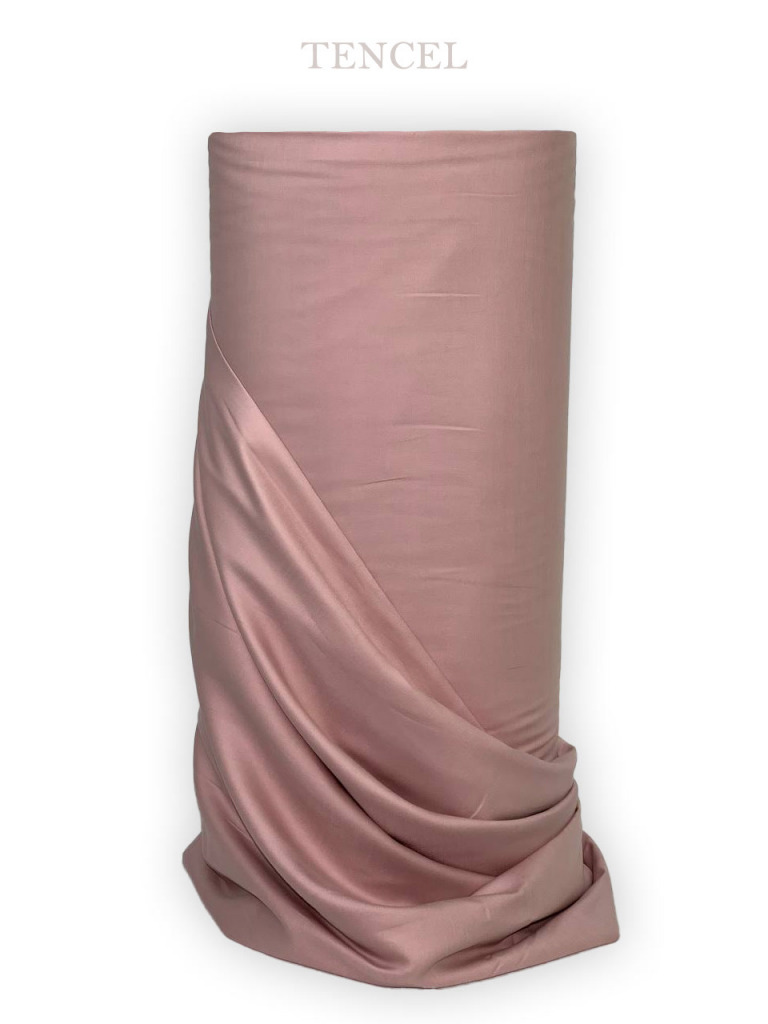
Is Tencel soft or hard? What are the key features of this fabric type?
One of the standout features of Tencel fabric is its exceptional softness. The fibers are smooth and gentle on the skin, making the material ideal for sensitive skin and luxurious garments. Tencel is also known for its excellent moisture-wicking properties, which help keep the body dry and comfortable, particularly in warm or humid conditions. It has a naturally breathable quality, which enhances comfort throughout the day. In terms of durability, Tencel is strong both in dry and wet states, unlike many natural fibers that weaken when wet. Additionally, Tencel holds dye well, resulting in vibrant, long-lasting colors. It resists wrinkles better than cotton and drapes beautifully, offering a flattering fit in clothing items.
How is Tencel produced?
The production of Tencel fabric begins with wood pulp, most commonly sourced from sustainably managed forests of eucalyptus, beech, or spruce trees. This pulp is dissolved using a non-toxic organic solvent in a closed-loop process, which means that nearly all of the solvent and water used can be recovered and reused with minimal environmental impact. The resulting solution is then extruded through fine nozzles to form fibers, which are spun into yarns and woven or knit into fabric. The key innovation here lies in the solvent spinning technique that significantly reduces pollution compared to traditional viscose rayon production, making Tencel a frontrunner in sustainable fabric manufacturing.
According to Tencel website: “TENCEL™ Lyocell fibers are made with an innovative closed loop production process. Wood pulp is dissolved and the solution is pumped through spinnerets to form a filament that is cut into staple fibers which are washed, dried, opened and pressed into bales. More than 99.8% of the solvent is recovered and fed back into the loop, resulting in close-to zero wastage.”
As stated, Tencel fabric is made in an eco-friendly production process which has almost no polution. While bamboo for example, requires more chemical materials to be added from outside and as a result it creates more polution for the environment. But both types of fabrics are made from wood and eco-friendly.
In terms of durability, bamboo gets a higher hand, while tencel retains its breathabiloity and delicacy feeling, but it would require more care and more gentle ironing.
Washing and Ironing Tencel Fabric: Caring Tips
Caring for Tencel fabric is relatively straightforward, though it benefits from some extra attention to preserve its texture and color. It is best washed in cold water on a gentle cycle using a mild detergent. Avoid using bleach or fabric softeners, as these can damage the fibers or alter the finish of the fabric. While Tencel is less prone to shrinking than cotton, it is still advisable to avoid high heat when drying. Air drying is preferable, though a low-heat tumble dry setting can be used with care. Ironing is usually not necessary due to its low-wrinkle properties, but if needed, a warm iron can be used. It’s always a good idea to check the specific care instructions provided by the garment manufacturer, especially for blended fabrics.
 Comparing the Price of Tencel Fabric with Polyester or Silk
Comparing the Price of Tencel Fabric with Polyester or Silk
In terms of pricing, Tencel tends to fall in the mid-to-high range of the fabric market. It is generally more expensive than standard cotton, particularly non-organic cotton, but can be more affordable than premium natural fabrics like silk or cashmere. When compared to synthetic fibers like polyester, Tencel is typically pricier due to its more eco-conscious and labor-intensive production process. However, the combination of comfort, sustainability, and performance features often justifies the cost for many consumers, especially those prioritizing environmentally friendly choices and garment longevity.
Different types of Tencel fabric
You may deal with different types of Tencel fabric types if you want to buy Tencel fabric. There is Tencel Satin, which is shiny plain color fabrics, similar to normal satin fabric, but made with Tencel fabrication process.
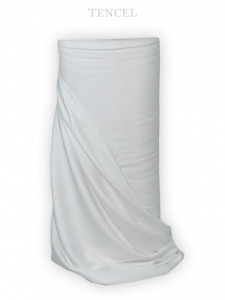 There are also Tencel Pique fabrics with special pique textures on the surface of the textile that gives it a unique character among other types of fabrics.
There are also Tencel Pique fabrics with special pique textures on the surface of the textile that gives it a unique character among other types of fabrics.
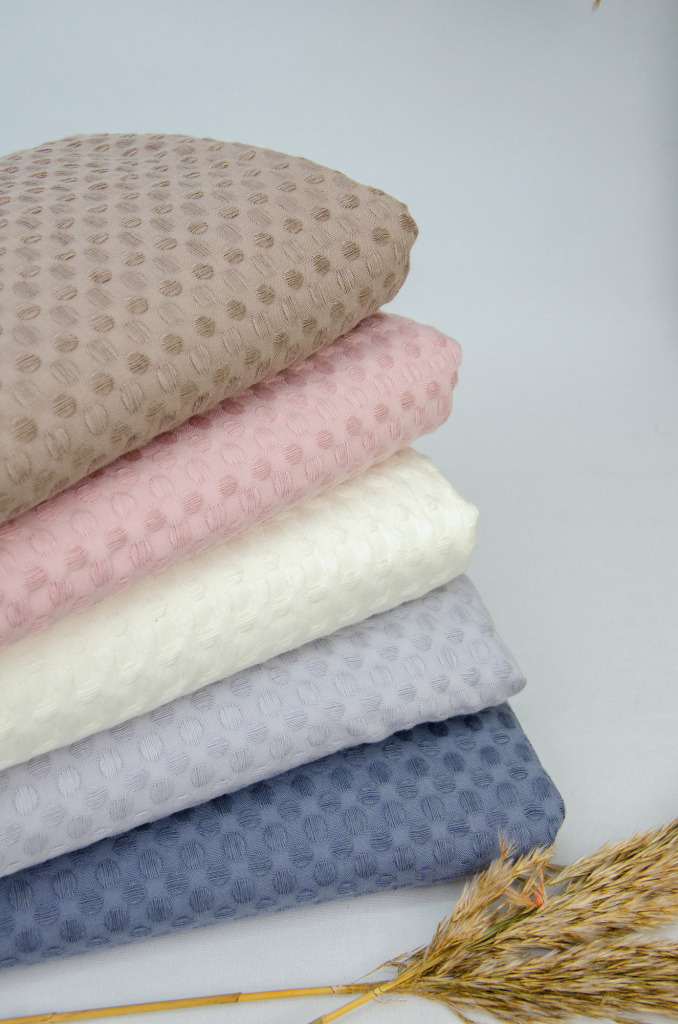
Conclusion
Tencel stands out not only for its softness and strength but also for the innovative and sustainable methods used in its creation. As awareness of environmental issues grows, Tencel represents a promising alternative in the world of modern textiles, balancing performance with responsibility in a way few other fabrics can match.

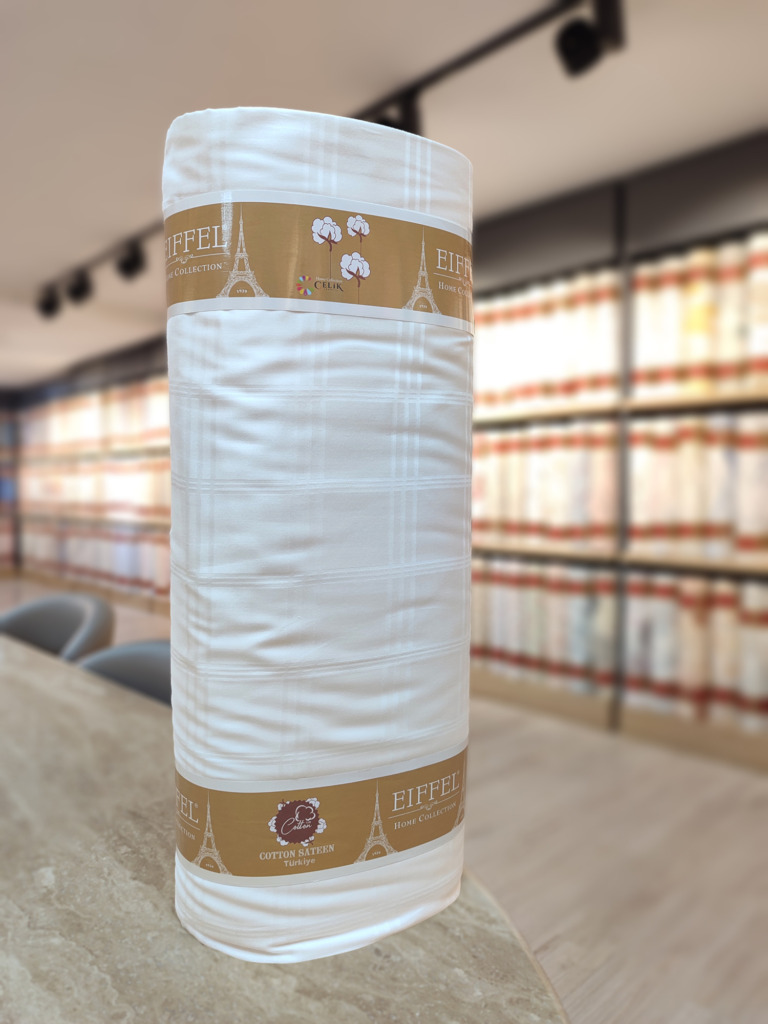
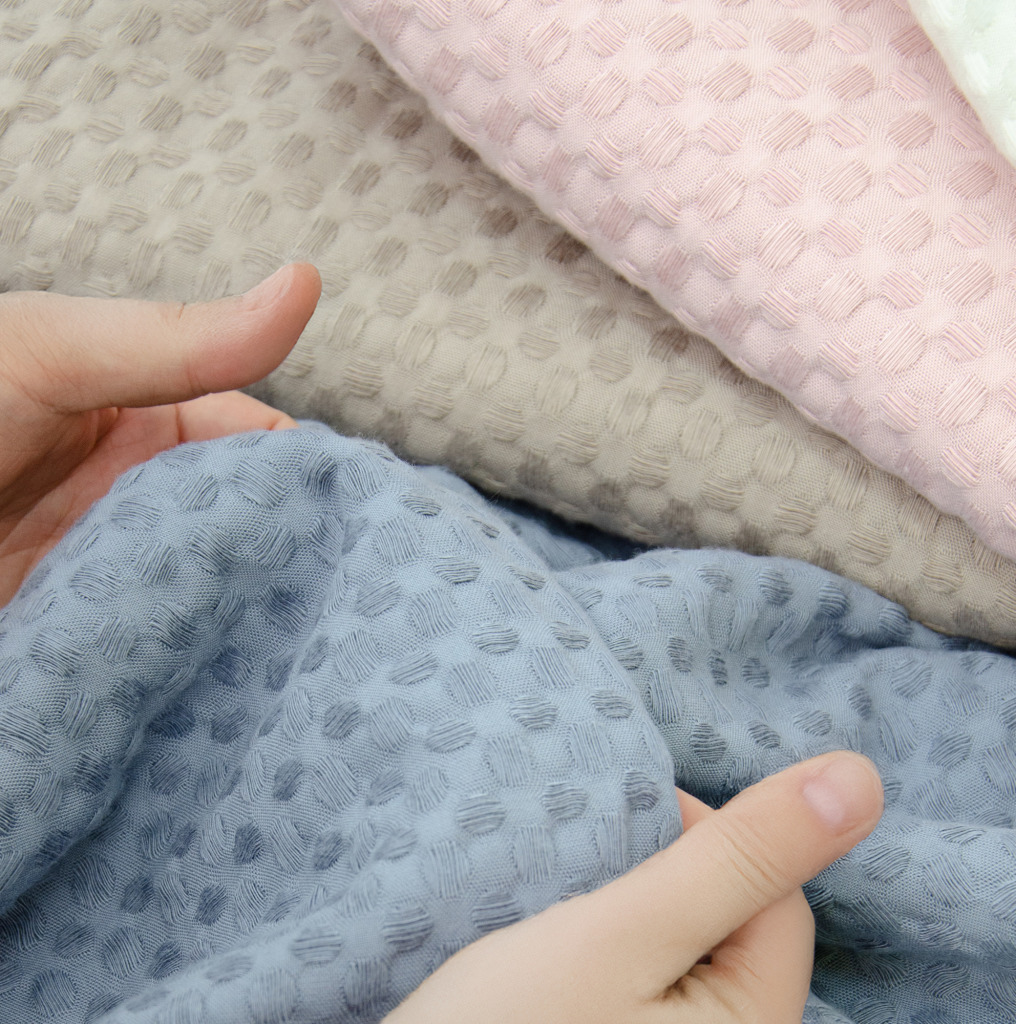
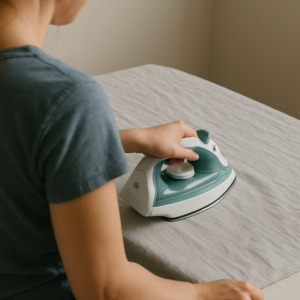 Comparing the Price of Tencel Fabric with Polyester or Silk
Comparing the Price of Tencel Fabric with Polyester or Silk